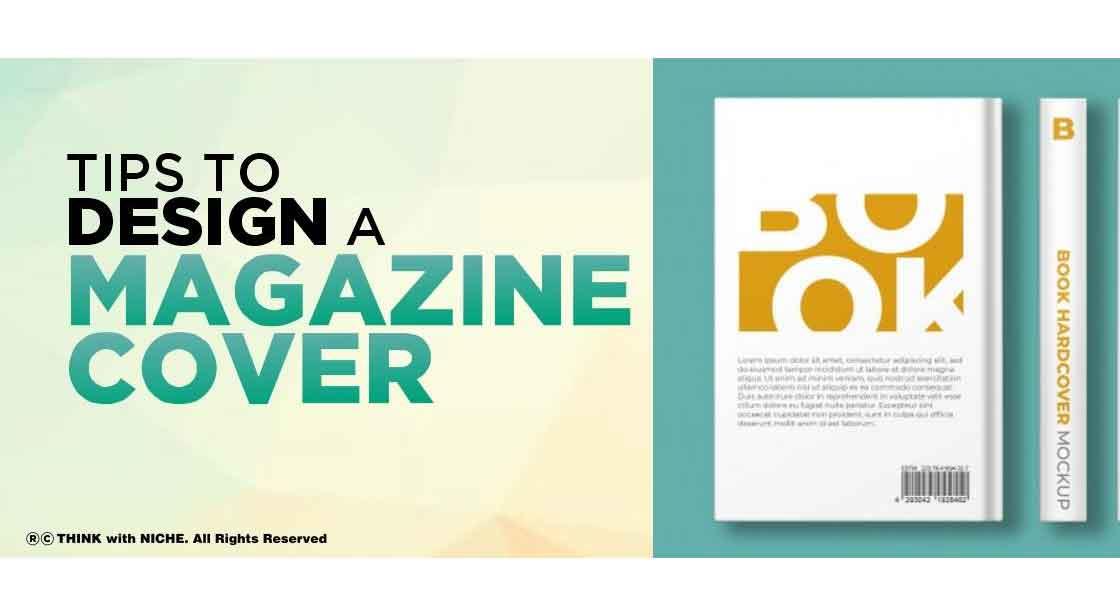Tips To Design A Magazine Cover

Blog Post
While a few stalwarts like Vogue will survive, as will a slew of Indie success stories like 'The Gentlewoman' and 'Monocle,' the consumer sector as a whole is on the decline. Despite the fact that the world of print media is decreasing, magazine covers continue to give a plethora of important information for all types of designers, particularly online and packaging designers. #ThinkWithNiche
The magazine cover is a designer's vision. There are enough constraints to provide structure — a defined space of about 8 by 11 inches; a few unifying qualities that run through all issues — but beyond that, you're on your own to organize text and clean up photographs, working with some of the best photographers and illustrators in the industry. Your sole target is to reveal the magazine's content in such a way that it jumps off the table. Although the world of print media is decreasing, magazine covers continue to provide a plethora of useful information for designers of all kinds, particularly online and packaging designers.
While there are a few stalwarts like Vogue that will outlast us all, as well as a slew of Indie success stories like "The Gentlewoman" and "Monocle," the consumer industry as a whole is in decline. In an overcrowded and highly competitive market, it's never been more important to stand out and engage with your audience. Different ways to producing magazine covers that every designer should be aware of are listed below.
The majority of magazine covers will be based on a photograph or piece of artwork. Visually appealing images, in any event, include a lot of contrast between dark and light sections. To be readable, the writing must be bright and set against a black background. Thankfully, modern designers have access to editing software like Photoshop, which allows them to artificially lighten or darken areas of a photograph.
Subtitles and other tiny text should always be in black and white, but the larger, bolder text components on a magazine cover are a perfect location to use color. Color selection is never random, as any experienced designer understands. The basic purpose of a magazine cover is to mirror or complement specific bright features of the photograph or graphic beneath it.
Although the magazine cover is flat, that does not mean that all of the design elements must be on the same plane. Indeed, one frequent technique is to position a photograph or artwork in such a way that it partially obscures some text while appearing behind other text, resulting in three layered planes.
One of the most significant functions of a magazine cover is to promote the issue's interior stories. This frequently results in a scattering throughout the cover page of brief teaser sentences. The more of these there are, the more inventive a designer must be to draw the reader's attention to each one — especially in popular magazines that place a premium on style. Bold and italic typefaces are your greatest friends on the most fundamental level. A mix of photographic and illustrated/designed elements, reminiscent of the basic doodle, is often a great way to make a cover stand out.
Conclusion- While all of the aforementioned tactics allow a designer to be creative, it's important to note that in order to retain its branding, every regular magazine requires some sort of consistency from issue to issue. This does not indicate that a template is utilised (though it appears that some newspapers do), but it does imply that the basic layout and feel are maintained.
You May Like
EDITOR’S CHOICE












